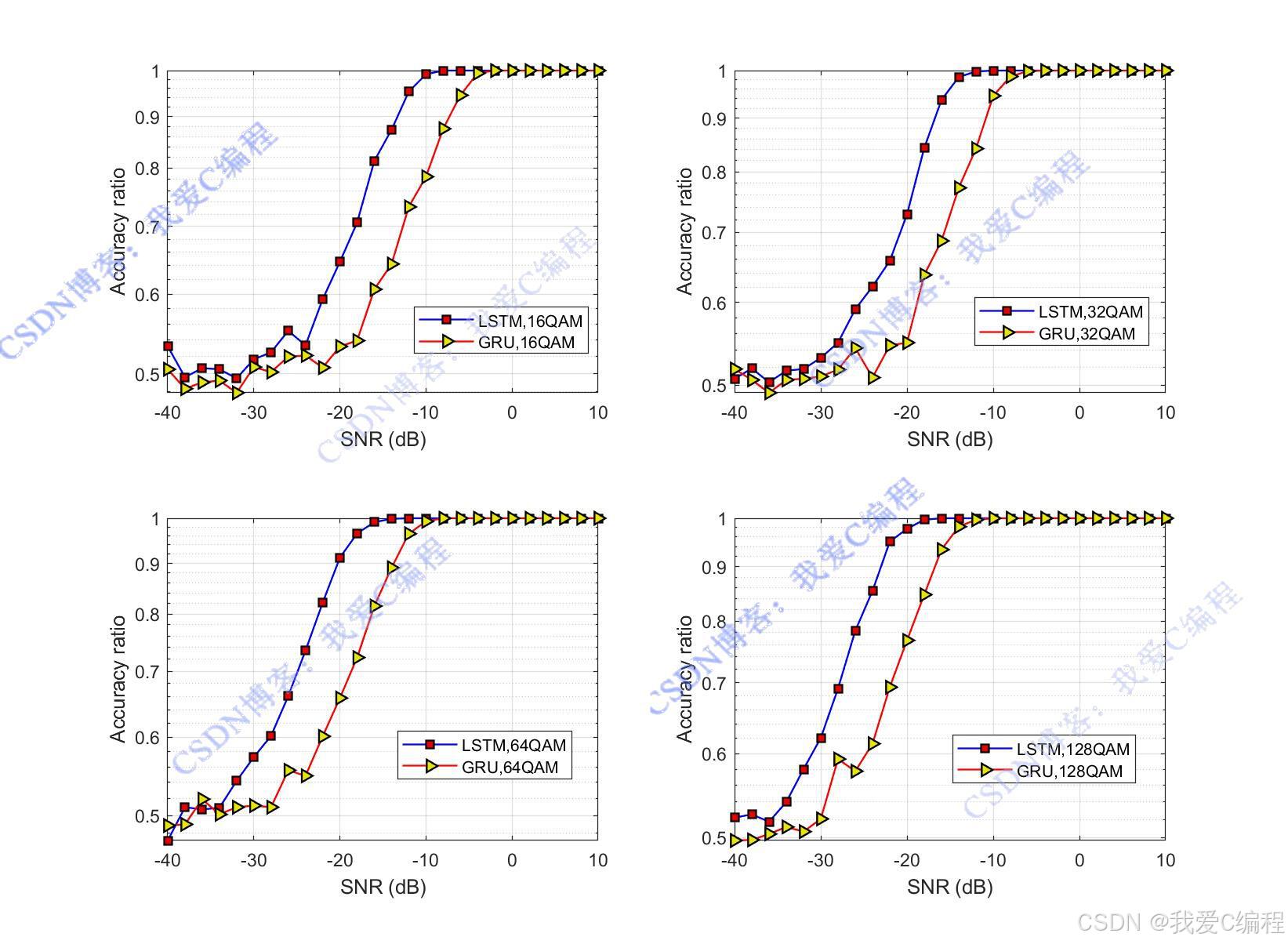
公众号:matworld。 博主简介: 1.无线基带,无线图传,编解码 ; 2.机器视觉,图像处理,三维重建 ; 3.人工智能,深度学习 ; 4.智能控制,智能优化。 MATLAB/FPGA项目合作开发,项目源码请关注公众号
2025年09月
 发表了文章
2025-09-14 13:46:35
发表了文章
2025-09-14 13:46:35
 发表了文章
2025-09-05 00:14:43
发表了文章
2025-09-05 00:14:43
2025年08月
 发表了文章
2025-08-22 02:33:57
发表了文章
2025-08-22 02:33:57
 发表了文章
2025-08-02 23:41:34
发表了文章
2025-08-02 23:41:34
2025年07月
 发表了文章
2025-07-24 01:46:20
发表了文章
2025-07-24 01:46:20
 发表了文章
2025-07-21 21:01:50
发表了文章
2025-07-21 21:01:50
 发表了文章
2025-07-20 23:11:42
发表了文章
2025-07-20 23:11:42
 发表了文章
2025-07-14 23:53:35
发表了文章
2025-07-14 23:53:35
 发表了文章
2025-07-11 01:09:56
发表了文章
2025-07-11 01:09:56
2025年06月
 发表了文章
2025-06-22 23:59:56
发表了文章
2025-06-22 23:59:56
 发表了文章
2025-06-18 00:13:48
发表了文章
2025-06-18 00:13:48
 发表了文章
2025-06-16 18:15:22
发表了文章
2025-06-16 18:15:22
 发表了文章
2025-06-14 23:27:56
发表了文章
2025-06-14 23:27:56
 发表了文章
2025-06-12 16:24:51
发表了文章
2025-06-12 16:24:51
 发表了文章
2025-06-11 18:05:55
发表了文章
2025-06-11 18:05:55
 发表了文章
2025-06-10 15:12:55
发表了文章
2025-06-10 15:12:55
 发表了文章
2025-06-09 10:58:33
发表了文章
2025-06-09 10:58:33
 发表了文章
2025-06-05 13:54:47
发表了文章
2025-06-05 13:54:47
 发表了文章
2025-06-04 15:22:53
发表了文章
2025-06-04 15:22:53
 发表了文章
2025-06-03 13:51:21
发表了文章
2025-06-03 13:51:21
2025年05月
 发表了文章
2025-05-27 19:09:44
发表了文章
2025-05-27 19:09:44
2025年04月
 发表了文章
2025-04-09 22:15:41
发表了文章
2025-04-09 22:15:41
 发表了文章
2025-04-07 19:32:47
发表了文章
2025-04-07 19:32:47
 发表了文章
2025-04-02 21:55:49
发表了文章
2025-04-02 21:55:49
2025年03月
 发表了文章
2025-03-31 18:52:51
发表了文章
2025-03-31 18:52:51
 发表了文章
2025-03-27 16:11:02
发表了文章
2025-03-27 16:11:02
 发表了文章
2025-03-19 21:50:59
发表了文章
2025-03-19 21:50:59
 发表了文章
2025-03-17 21:57:27
发表了文章
2025-03-17 21:57:27
 发表了文章
2025-03-16 23:58:48
发表了文章
2025-03-16 23:58:48
 发表了文章
2025-03-14 00:42:21
发表了文章
2025-03-14 00:42:21
 发表了文章
2025-03-09 20:40:28
发表了文章
2025-03-09 20:40:28
 发表了文章
2025-03-08 23:41:03
发表了文章
2025-03-08 23:41:03
 发表了文章
2025-03-05 21:32:55
发表了文章
2025-03-05 21:32:55
 发表了文章
2025-03-03 18:21:49
发表了文章
2025-03-03 18:21:49
 发表了文章
2025-03-02 00:47:54
发表了文章
2025-03-02 00:47:54
2025年02月
 发表了文章
2025-02-28 21:51:15
发表了文章
2025-02-28 21:51:15
 发表了文章
2025-02-25 22:09:32
发表了文章
2025-02-25 22:09:32
 发表了文章
2025-02-23 21:13:43
发表了文章
2025-02-23 21:13:43

 发表了文章
2025-02-21 21:37:10
发表了文章
2025-02-21 21:37:10
 发表了文章
2025-02-19 21:07:51
发表了文章
2025-02-19 21:07:51
 发表了文章
2025-02-17 18:36:31
发表了文章
2025-02-17 18:36:31
 发表了文章
2025-02-15 23:42:53
发表了文章
2025-02-15 23:42:53
 发表了文章
2025-02-13 21:43:37
发表了文章
2025-02-13 21:43:37
2025年01月
 发表了文章
2025-01-15 19:01:54
发表了文章
2025-01-15 19:01:54
 发表了文章
2025-01-13 23:20:52
发表了文章
2025-01-13 23:20:52
 发表了文章
2025-01-09 20:45:34
发表了文章
2025-01-09 20:45:34
 发表了文章
2025-01-07 20:44:37
发表了文章
2025-01-07 20:44:37
 发表了文章
2025-09-17
发表了文章
2025-09-17
 发表了文章
2025-09-05
发表了文章
2025-09-05
 发表了文章
2025-08-22
发表了文章
2025-08-22
 发表了文章
2025-08-02
发表了文章
2025-08-02
 发表了文章
2025-07-24
发表了文章
2025-07-24
 发表了文章
2025-07-21
发表了文章
2025-07-21
 发表了文章
2025-07-20
发表了文章
2025-07-20
 发表了文章
2025-07-15
发表了文章
2025-07-15
 发表了文章
2025-07-11
发表了文章
2025-07-11
 发表了文章
2025-06-23
发表了文章
2025-06-23
 发表了文章
2025-06-18
发表了文章
2025-06-18
 发表了文章
2025-06-16
发表了文章
2025-06-16
 发表了文章
2025-06-15
发表了文章
2025-06-15
 发表了文章
2025-06-12
发表了文章
2025-06-12
 发表了文章
2025-06-11
发表了文章
2025-06-11
 发表了文章
2025-06-10
发表了文章
2025-06-10
 发表了文章
2025-06-09
发表了文章
2025-06-09
 发表了文章
2025-06-06
发表了文章
2025-06-06
 发表了文章
2025-06-06
发表了文章
2025-06-06
 发表了文章
2025-06-05
发表了文章
2025-06-05
